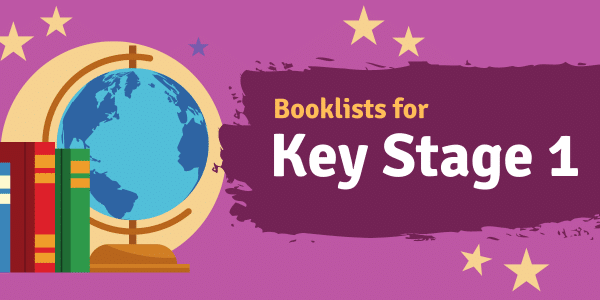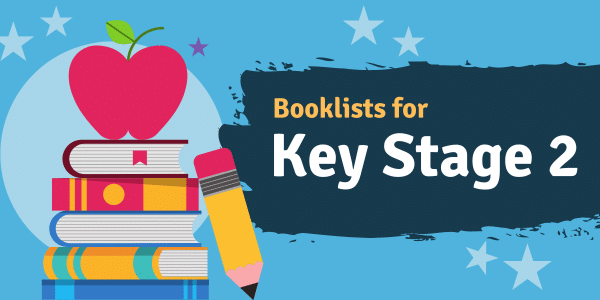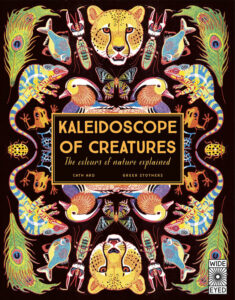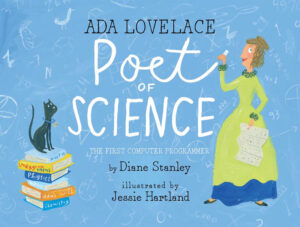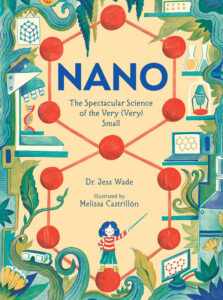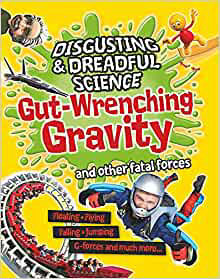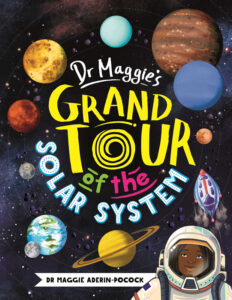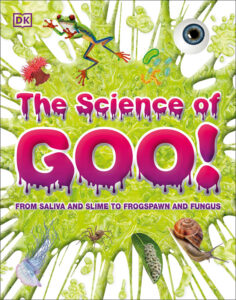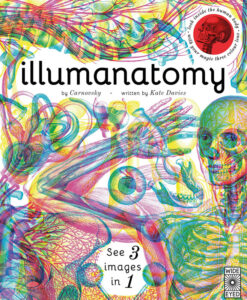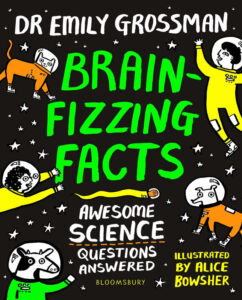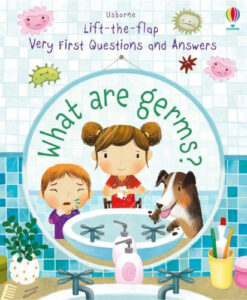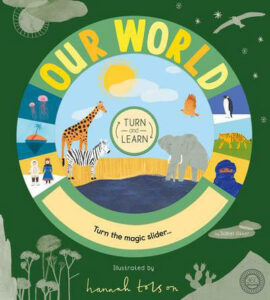Why are animals so amazingly colourful?
Find out in this kaleidoscopic look at the technicolour world of animals. Meet animals of every colour of the rainbow and find out why they are the colours and patterns they are . Discover the reason why some animals are stripy and others are spotty.
Why do some creatures deliberately pop out while others strive to blend in?
Why are some bright to warn off others while others only pretend to look toxic?
Why are some male animals so much more flamboyant than their female counterparts?
Why do some babies look so different from the grown-ups in their families?
The animal kingdom is explored like never before in this richly detailed natural history book, bursting with life and colour.
This is a beautifully illustrated first look at the colourful and kaleidoscopic world of animals for young children.








